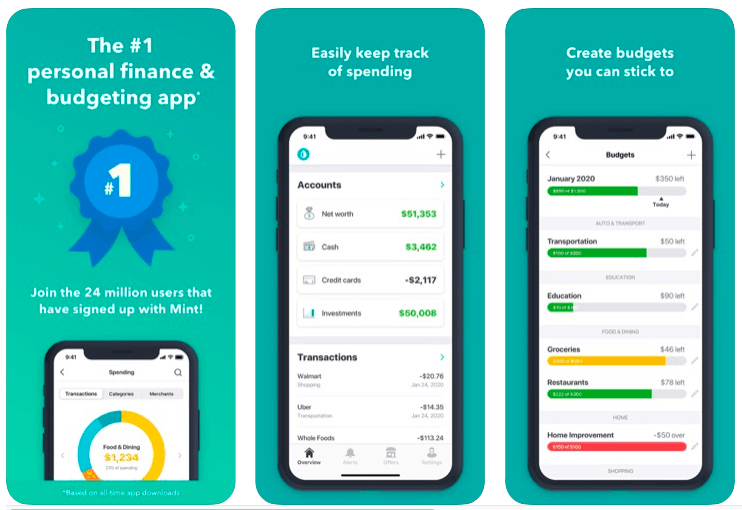Introduction
Personal financial management has not been left behind in an age where technology has permeated every aspect of our existence. Personal finance applications have emerged as indispensable resources that empower individuals to manage their financial well-being. From budgeting and expense monitoring to investment management and financial education, these applications provide a variety of features that simplify and improve our money management. This article examines the world of personal finance apps, delving into their benefits, types, key features, challenges, and best practices for maximizing these digital financial companions.
I. The Growth of Financial Apps
A. Technological Innovations in Private Finance
The transition from paper to digital platforms
Availability via devices and tablets
Altering how individuals interact with their finances.
B. Changing Financial Perspective
Raising awareness of the significance of financial literacy
Personal finance applications functions in education and empowerment
Promoting proactive financial decision-making and planning
Types of Personal Finance Applications
Apps for Budgeting and Expense Tracking
Developing financial objectives and budgets
Real-time tracking of income and expenditures.
Offering insight into expenditure trends and patterns.
B. Portfolio and Investment Management Applications
Facilitating stock trading and monitoring investments
Providing diversification and risk management instruments
Facilitating users’ investment decision-making
C. Applications of Financial Institutions and Banks
Facilitating account management and transactions with ease
Among the mobile banking features are money transfers and utility payments.
Multiple financial accounts are integrated for a holistic perspective.
D. Apps for Debt Management and Credit Score
Strategies for debt repayment and credit score improvement.
Monitoring credit reports and spotting potential mistakes
User education regarding the effect of credit on financial health
Important Features and Advantages
A. Setting Financial Objectives
Determining both short- and long-term objectives.
Progress monitoring and celebrating major achievements
Developing a sense of accomplishment and drive.
B. Automated Tracking of Expenses
Syncing with bank and credit card accounts for real-time updates
Categorizing expenses for improved analysis and visibility
Identifying potential areas for cost reduction and savings
Investment Perspectives and Analysis
Monitoring the performance of investments and market trends
Adapting portfolios to risk tolerance and objectives
Access to data and analysis tools in real-time
Financial Knowledge and Resources
Providing financial-related articles, videos, and tutorials
Developing the financial literacy and decision-making abilities of users
Enabling individuals to make educated decisions.
IV. Difficulties and Concerns
A. Data Privacy and Security
Protecting confidential financial information.
Encryption and authentication measures are implemented.
Compliance with data protection regulations is ensured.
B. Excessive Reliance on Technology
Combining automation and active financial participation
Developing an active approach to personal finance
Preventing disengagement from financial decision-making.
C. Application Choice and Compatibility
navigating the abundance of applications for personal finance.
App selection is based on individual requirements and objectives.
Ensuring device and operating system compatibility.
Guidelines for Optimizing Personal Finance Applications
A. Goal Specificity and Planning
Clearly defining financial objectives and priorities
Developing a strategic plan to accomplish these objectives
Utilizing app features to maintain focus and accountability
Consistent Monitoring and Assessment
Review your expenditures, investments, and financial progress on a regular basis.
Adapting one’s strategies to altering conditions
Celebrating triumphs and learning from failures.
Diversification and Risk Administration
Investigating various investment options and strategies.
Avoiding excessive dependence on a single asset or investment
Utilizing application-based simulation and analysis tools
Continued Learning and Development
Utilizing the app’s educational resources
Seeking external opportunities for financial education
Maintaining awareness of new app features and enhancements.
Conclusion
Personal finance applications have become indispensable companions on the path to financial independence and well-being. These digital tools offer a variety of advantages, from budgeting and expense monitoring simplification to investment analysis and financial literacy education. Individuals can take control of their financial futures, make informed decisions, and reach their financial objectives by utilizing the features and functionalities of personal finance apps. Personal finance applications are likely to play an even greater role in reshaping how we manage, comprehend, and optimize our finances as technology continues to advance.





